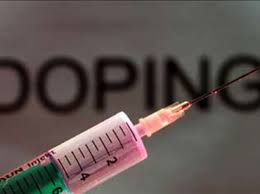By David Owen
July 25 – Over 37,000 anti-doping samples from footballers were analysed by World Anti-Doping Agency (WADA)-accredited laboratories in 2017, more than for any other sport on the Summer Olympic programme.
Around 0.4% of these samples produced adverse analytical findings (AAFs) – well below the overall average of 1.43%. Anabolic agents were the drug class responsible for the most football-related AAFs, with 45 instances registered, including two futsal samples.
These findings are included in the latest edition of the WADA anti-doping testing figures report. This summarises the results of all samples analysed by WADA-accredited laboratories and reported into the agency’s anti-doping administration and management system (ADAMS) in 2017.
The document highlighted a 7.1% increase, from just over 300,000 to just over 322,000, in the overall number of samples analysed. The proportion of AAFs declined from 1.60% in 2016 to 1.43%, a trend attributed primarily to a reduction in the number of reported meldonium cases.
Of the football samples, 167 resulted in AAFs, including seven from futsal and one from beach football. After anabolic agents, stimulants were the most prevalent drug class with 41 AAFs, followed by glucocorticosteroids (38) and diuretics and other masking agents (20). Some of these may relate to players with therapeutic use exemptions (TUEs), clearing them to take otherwise banned medicines on medical grounds.
The more than 37,000 football tests compared with more than 31,000 in athletics and over 23,000 in cycling.
Contact the writer of this story at moc.l1713601855labto1713601855ofdlr1713601855owedi1713601855sni@n1713601855ewo.d1713601855ivad1713601855

